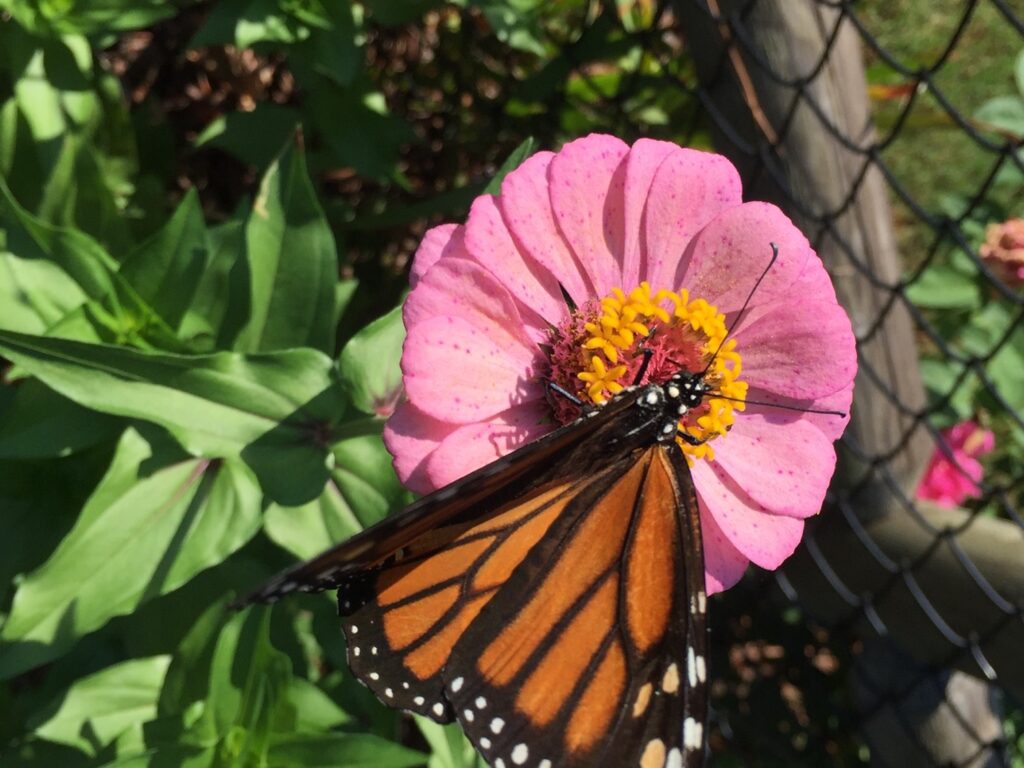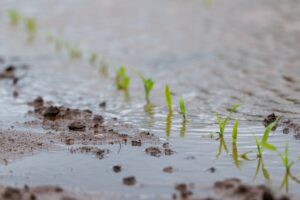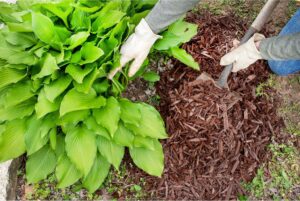Kathy Berryhill
Creek County Master Gardener
Experimenting with plants can be overwhelming to experienced and new gardeners as well. Learning to understand terms related to planning, planting and caring for plants can be equally daunting. However, it is vital to understand both terminology and plant requirements. Each plant has unique characteristics regarding sunlight, water and fertilizer that enable that plant to thrive. While a gardener can adjust some elements of the soil and control the water, plants are more likely to succeed when placed in the right environment. A common phrase to remember is “right plant, right place.” A conversation comes to mind when I was asking an expert gardener for help with growing plants under existing trees. The trees in question had an abundance of shallow roots. The roots were using up the available ground moisture and depriving my plants of needed water. The simple answer? Grow your plants somewhere else! This was a very straightforward solution which proved the wrong plants were in the wrong place!
Often gardeners think of plants by their common name. These names are used frequently and can refer to very different plants with a great variance in needs. For example, Vinca is a common name in the plant world, but there are 3 distinctly different plants that are known as Vinca. The most common plant referred to as Vinca is the annual flower known also as periwinkle. Periwinkle is a drought tolerant, summer blooming flower that reaches up to 18” high. It thrives in the sun and produces bright flowers in pink, purple, red, white and several bi-colors. These flowers are killed by the first frost but may reseed and reappear the next year. They are susceptible to a fungus which lives in the soil for several years.
The annual Vinca (Periwinkle) is unrelated to the vining Vinca Major and Vinca Minor. But all three are referred to as Vinca. Vinca Major and Minor plants are cultivated as a flowering evergreen. They are low growing, prefer shade and spread quickly. Vinca Major is a larger leafed cultivar that can become quite invasive. Both are maintenance free and produce a pretty, but short lived, bloom.
A key difference in terms comes from understanding “variety” versus “cultivar”. A variety is a plant which has the same characteristics of the parent plant. Usually, the flower and leaf look very similar. A cultivar is actually a mutation or a hybrid from two plants which have been selected to contain specific traits that are desired from the plants. For instance, a cultivar may look similar to its parent plant but can be more cold-tolerant, or heat tolerant. A good example of an improved cultivar is found in the Echinacea (coneflower) genus. Many gardens are brightened by the popular Purple Coneflower (Echinacea pupurea). Planting the cultivar Echinacea pupurea “Magnus” however produces a much taller plant with strikingly larger blooms! The cultivar name can be found at the end of plant name in single quotation marks, such as Echinacea purpurea ‘Magnus.’

Differing cultivars or varieties may or may not be suitable for your gardening needs. The Zinnia is a popular plant in our hardiness zone. Zinnia thrives in the warmer months as some of the earlier pollen-producing plants are fading. Keeping in mind that the flower’s stamen (male part) produces the pollen if you want to attract pollinators, select a variety with large, prominent stamens. If more intense color is desired Zinnia Ivory or Zinnia Oklahoma produces more of a mum-like blossom, without prominent stamen. While our flower gardens may not depend on pollination, there is more to consider when planting a vegetable garden. In the next article, we will examine vegetable and fruit pollination. Questions? Send to gardener@sapulpatimes.com
Happy Gardening!










